13 Types Of Pianos and Their Uses
The piano is an instrumental type of string that produces sound using vibrating strings that run across a soundboard inside an instrument. When you press a piano key, you trigger a felted hammer that strikes a string, leading to the string vibration. When the string vibrates, the piano will then produce its modern sound.
The piano also comprises some of the preceding keyboard instruments, such as the harpsichord, the organ, and the clavichord. Another feature that distinguishes it from other keyboard instruments is its different tone quality and dynamic range. This has made it the only musical instrument best for classical concerts that require more keyboard playing.
Related: How Long Does it Take to Learn Piano: A Comprehensive Guide
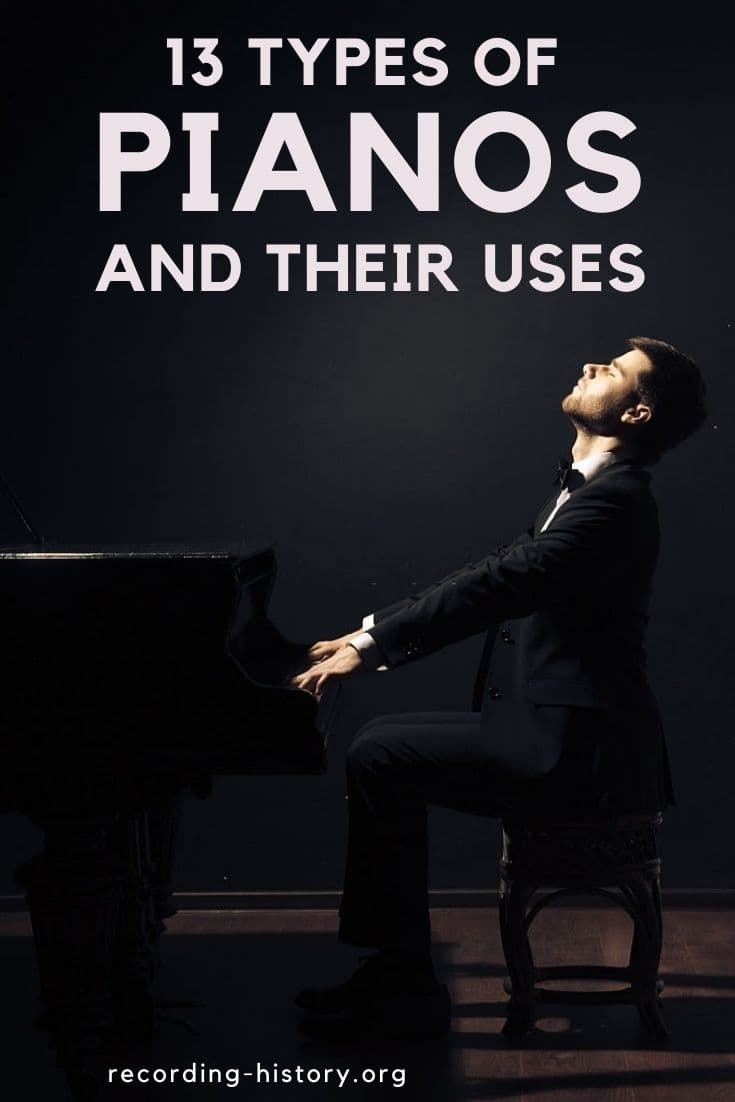
History of the Piano
The piano’s history is divided into different eras. Let’s have a look at them.
Baroque era:
The piano was invented around the height of the Baroque era in 1700 by an Italian instrument maker called Bartolomeo Cristofori. Cristofori wanted to develop an instrument that can function like a harpsichord but has a richer sound quality.
He also wanted to create an instrument that has the option to play both soft and loud sounds. He achieved this by using a series of levers to connect piano keys to the hammers to make piano strings strike.
Classical era:
The classical era involves modern piano action invented by both John Broadwood and Robert Stodart and Americus Backers in the eighteenth century. Some of the prominent musicians of the classical period who received their modernized pianos include Ludwig van Beethoven and Franz Joseph Haydn.
Romantic era:
In the Romantic era, during the nineteenth century, the manufacturing of piano was based in Paris. The French company Pleyel manufactured the pianos of the era. Some of the musicians who used their instruments include Frederic Chopin and Franz Liszt.
Modern era:
Modern era piano was founded by the German-American builder Henry E. Steinway through the company called Steinway and Sons Company in New York City. Until today, the company is still the contemporary forefront piano designer. Other manufactures include Baldwin, Yamaha, Kawai, and Bosendorfer.
Types of Pianos
1. Upright Pianos

These are among the most common types of pianos that you can find on the market. You can find them in most churches. An upright piano can easily fit into your home than a grand piano. You can conveniently fit it next to your wall. This great feature enables you to keep the piano in the corner of your room and avoid keeping it along the way.
An upright piano is less desirable for live stage performance, and therefore as a pianist, you can have difficulty seeing the crowd. The crowd may not see you as well since you’ll be staring at the wall or at the piano itself. As mentioned earlier, upright pianos are very common in homes, schools and provide music in churches.
The huge difference between an upright and a grand piano is that both the strings and action are vertical in the upright version, making an upright piano function differently from a grand piano. Also, upright exist in different styles and sizes. Some are very tiny, while others stand tall.
2. Grand Pianos
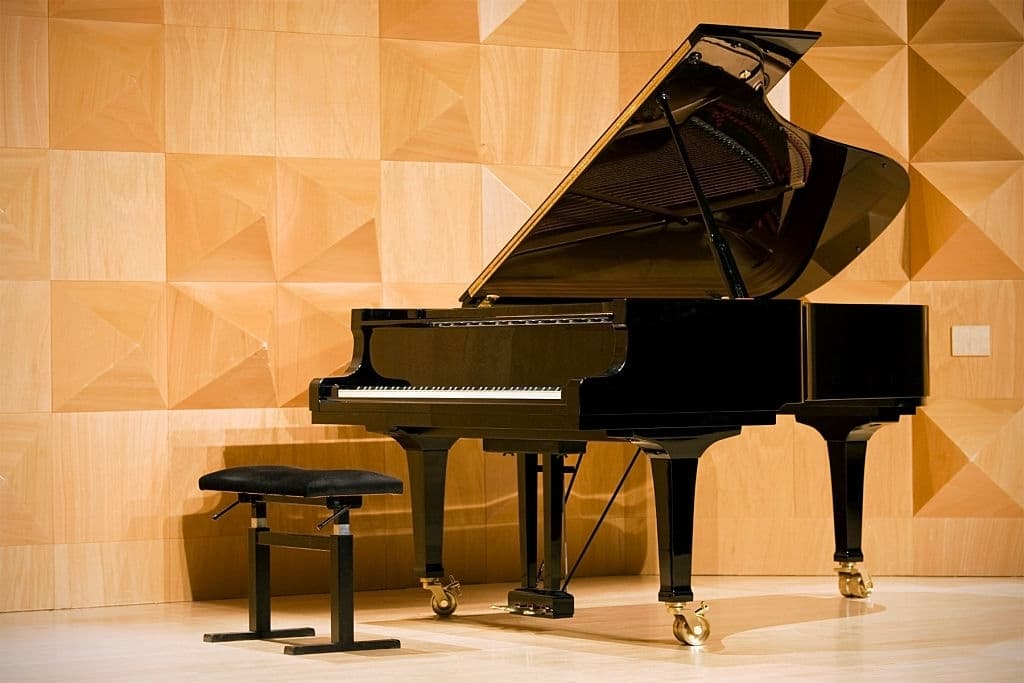
As a pianist, it’s a special privilege to own a genuine grand piano. Grand pianos are finely crafted, making many people love them, although their price tag is relatively high. It’s a luxury instrument that you need to get your hands on if you love pianos. These grand pianos are suitable for live performances and composing. You shouldn’t miss out on this type of piano if you’re a great musician.
It’s quite large and can take up a significant amount of space. It has several advantages that make it more valuable than an upright piano. You can use a double escarpment mechanism to play keys using these pianos in rapid succession. Grand piano has a superb sound which makes it a darling to professional musicians and people who have a passion for piano.
Many performers use this type of piano to perform in large concerts because of its aesthetic look. It creates a spectacle that the masses can enjoy. This is a type of piano that you wouldn’t love to get your hands off if you’re a professional pianist.
3. Digital Pianos
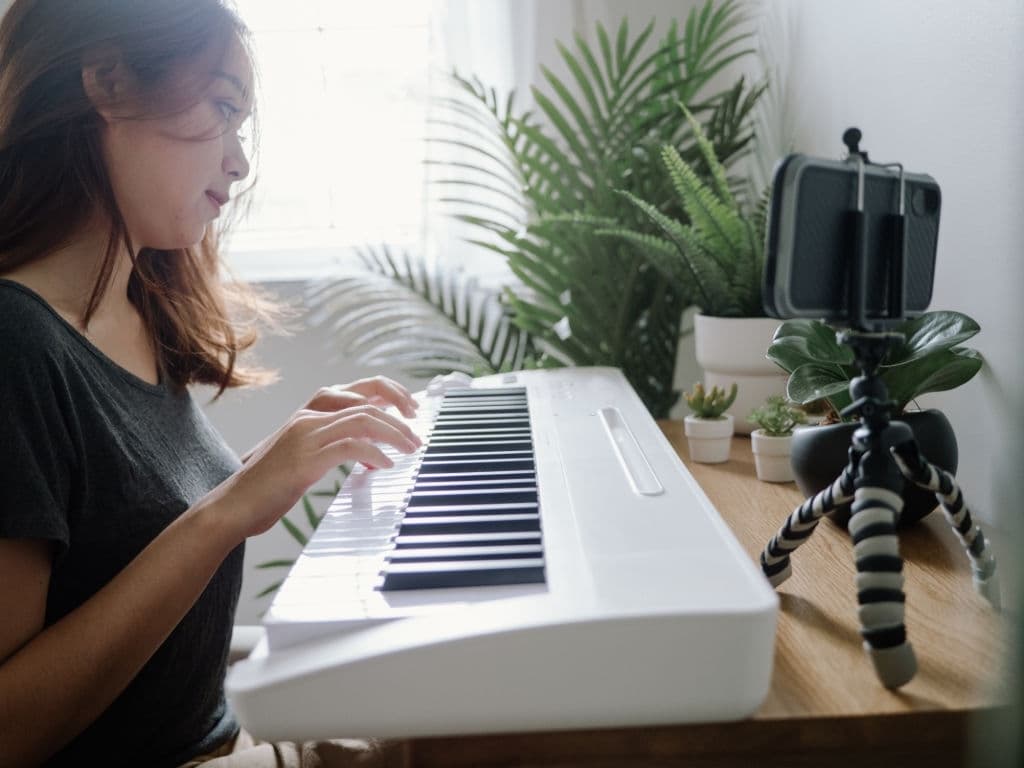
Many people consider digital pianos as real pianos, far from the truth since they have a huge mark on pianos. Both digital and traditional pianos have a similar sound, but digital pianos’ working is different from the traditional one. Digital piano can also replicate the sound of traditional very well.
Digital pianos are classified as keyboards and produce high-quality digital music. You get the real feeling of a piano by holding the keys of a digital piano. When it comes to affordability, a digital piano is more affordable than the traditional one. Digital pianos also come in various types, which you can connect to various devices. It’s very customizable, meaning you can access multiple features of your piano. Digital pianos allow you to record music easily.
You can also connect digital pianos with other smart devices and access other functions of the piano. With digital pianos, you can record your music sessions and then get back to listen to how well you’re doing. The digital instrument comes with a lot of conveniences that you can never enjoy with the traditional instruments.
Related: How to Choose a Digital Piano
4. Player Piano
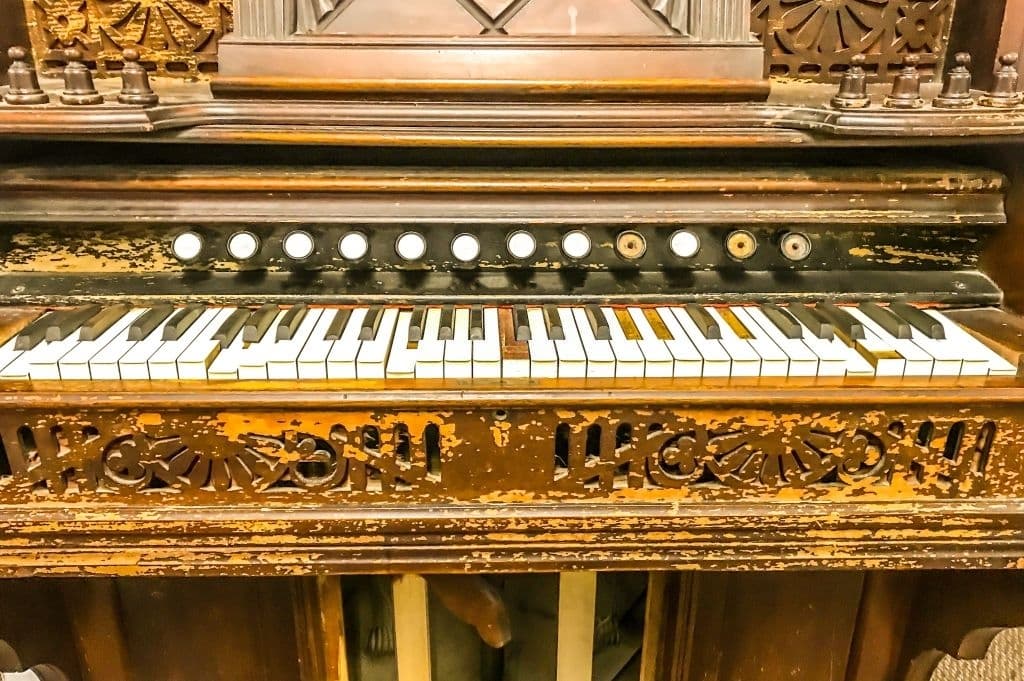
This is a self-playing piano that contains an electro-mechanical mechanism that operates the action of the piano. Music is recorded in a perforated paper then programmed in the piano. Many people in the nineteenth and twentieth-century love to own player piano in their homes, making it more popular.
However, the rise of electrical amplification in many home music reproduction through radio caused the eventual decline of the player piano, hence wiping out its production. A player piano can be an electric piano, digital piano, and electronic piano. But the distinction lies in how each of them produces sound.
5. Spinet Pianos
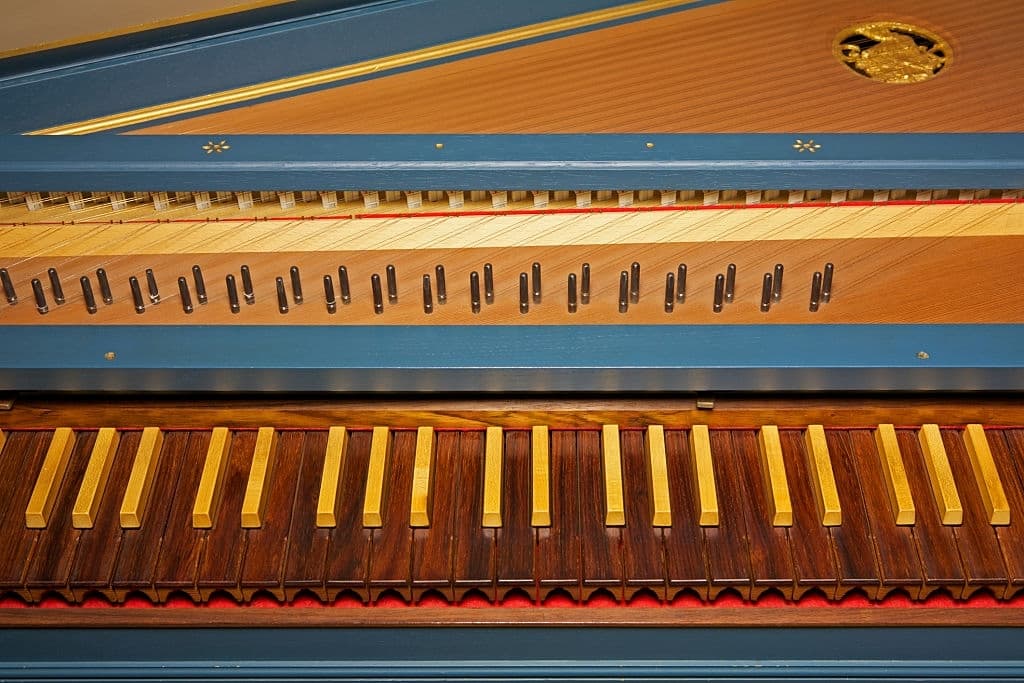
These are the smallest version of upright pianos. If your home lacks enough space and you intend to own a piano, don’t freak; try out this type of piano instead. Don’t avoid owning your favorite piano simply because you live in a condo; get yourself a spinet piano and enjoy yourself. However, this type of piano looks less impressive because of its small size, making it look like a toy.
Despite the toy look-alike, this kind of piano is still a real musical instrument that you can never rule out. Their complex and lovely appearance make them produce very sophisticated music. Also, this type of piano works perfectly well with you and your kid. It’s also less expensive as compared to other piano types. This is the perfect piano that you can use to teach your kids how to play the piano.
It’s not large enough to make it difficult for both children and beginners to hold it comfortable when learning the keys. It can fit in any size of your room. What are you still waiting for? Improve the wellbeing of your kids by providing them with music through spinet piano.
6. Console Pianos
When purchasing a console piano, you’re simply purchasing an upright type of piano. When you want to learn how to play the piano, try out console piano. It isn’t that intimidating, and as a beginner, you can easily get along with the size of this kind of piano. It’s a high-quality instrument that you’ll use for a long as you progress as a pianist.
When it comes to price, digital console piano is very affordable. The digital one is less than the acoustic console piano. Moreover, you can choose whichever suits your purpose, but remember that the acoustic ones will always cost you more money. If you’re looking for a great piano to play at home, then a console piano is a perfect idea.
You can easily set it against the wall in your living space and play whichever music your mood strikes you to because of easy accessibility. If you want to own and play a piano in your home, don’t let go of this beautiful type of piano.
7. Studio Pianos
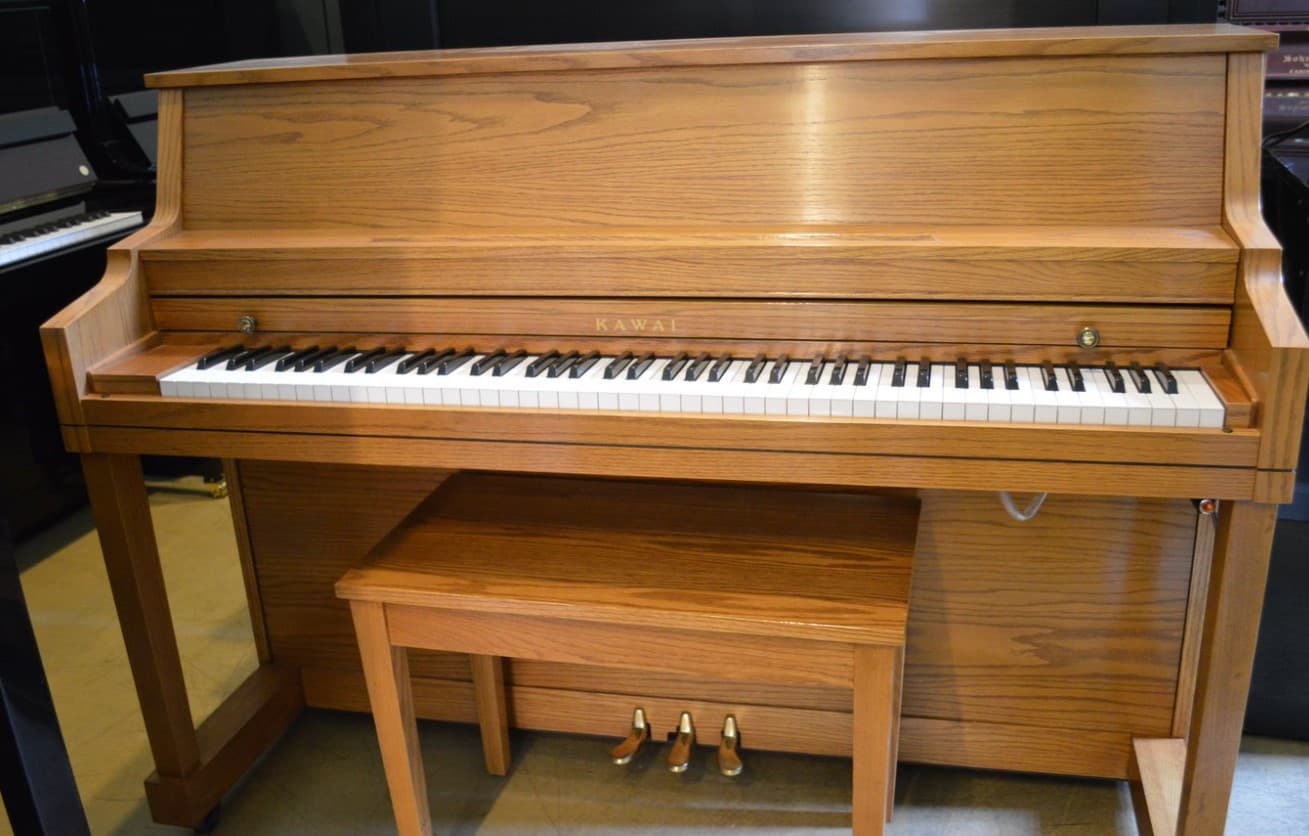
These are a relatively large type of pianos that stand between 43 inches and 47 inches on average. This is why they are most common in studio environments and not people’s homes. Nonetheless, you can purchase this type of piano for your home if you feel accustomed to its size and the feeling.
If you’re a pianist who loves the upright style of pianos, you’ll still feel comfortable using studio pianos. Its common use is to compose music and nothing else. This is the type of piano you can use to create melodies and play around with different musical ideas. The creative process of this kind of piano enables it to help individuals who are musically talented to get creative.
Purchase yourself one and get started on your musical journey if you love music. You can either go for a digital model or acoustic, depending on your pocket. But the digital one is an excellent idea because it’s more affordable and you can buy it for your home or studio without coughing a lot of money.
8. Baby Grand
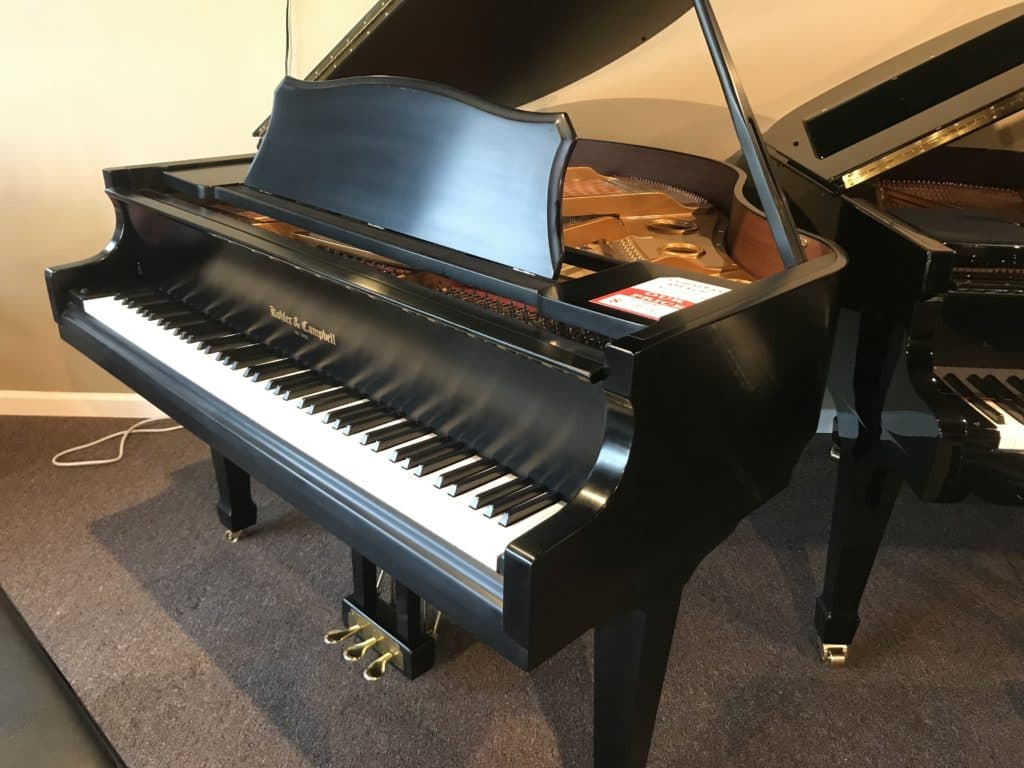
Baby grand are the smallest type of piano classifications. They’re much available in many homes. They can take up some reasonable space, meaning you’ve to put them in your music dedicated room. You can also put them in your music den due to their large size. To make it convincing for you, it’s best if you place them in your music where you’ll be all comfortable.
Also, you can use baby grand pianos to decorate your home, which is the reason why they’ve become very popular among many households. Many people use them as decorations in their homes because they provide certain sophistication of aura and elegance. On the other hand, they don’t come cheaply. You need to have deep pockets to own them at your home if you’re indeed a piano enthusiast.
This piano is so perfect if you want to learn how to play and at the same time provide a nice look to your home. The price tag might deter you from purchasing this noble instrument, but your investment will be worth it in the end. You can save some money by buying a digital baby grand piano, cheaper than an acoustic one.
Furthermore, purchasing an acoustic grand piano proves to be hard unless you order from a special retailer. This is because they’re not available at every local music shop. But digital baby grand pianos are very common, which makes them easily accessible. The most convenient way to play piano, especially if you’re learning, is getting a digital baby grand piano.
9. Petite Grand

Petite grand pianos are the smaller version of grand pianos. They come in horizontal and smallest shapes among the grand pianos. However, the fact that they’re smaller than grand pianos doesn’t deny them the sound since they can produce power and sound similar to a grand piano.
As a professional musician, there is no need to freak when you come across this type of piano because it can serve you pretty well. Its usual size is 4 feet 5 inches, but the height can go up to 4 feet 10 inches in some petite grand pianos.
10. Ballroom Grand Pianos
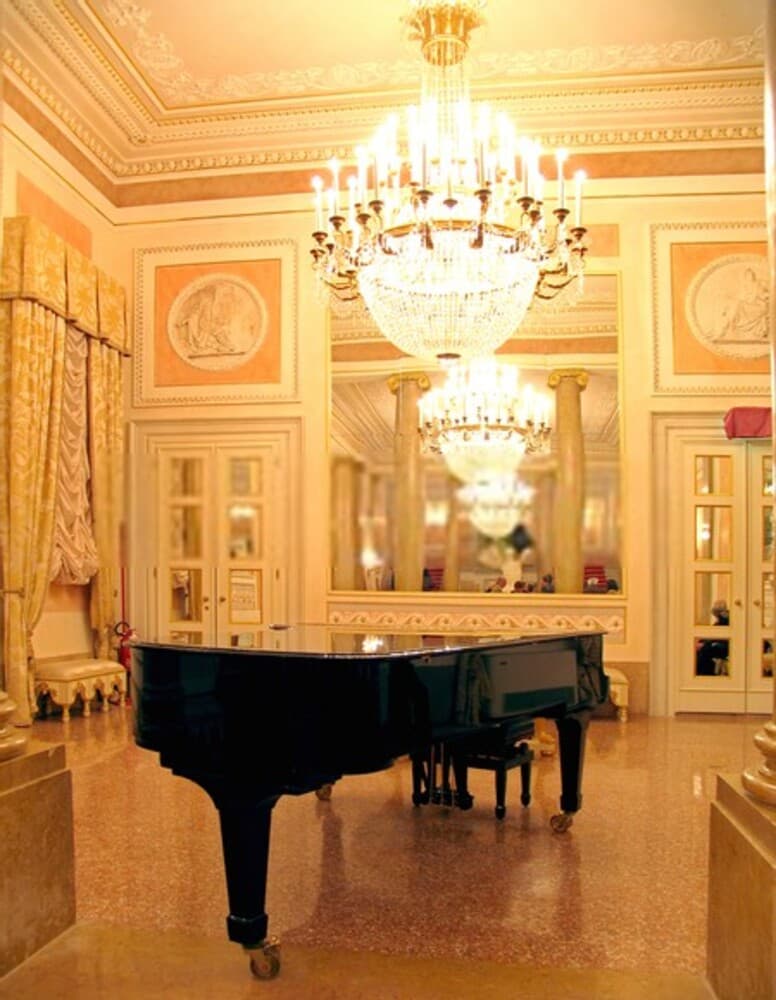
Ballroom grand pianos are smaller than concert grand pianos. You can also call them semi concert grand pianos because of their small size. Their height ranges from 6 feet to 7 inches. Are you wondering about their quality of sound? Well, their quality of sound is quite similar to the sound of concert grand.
They can be a good choice for professional musicians. You can put them in your music room or place them in your den because they need a good space, just like a concert grand piano. Just ensure you have enough room to put your ballroom grand since it cannot fit into small rooms.
11. Medium Grand
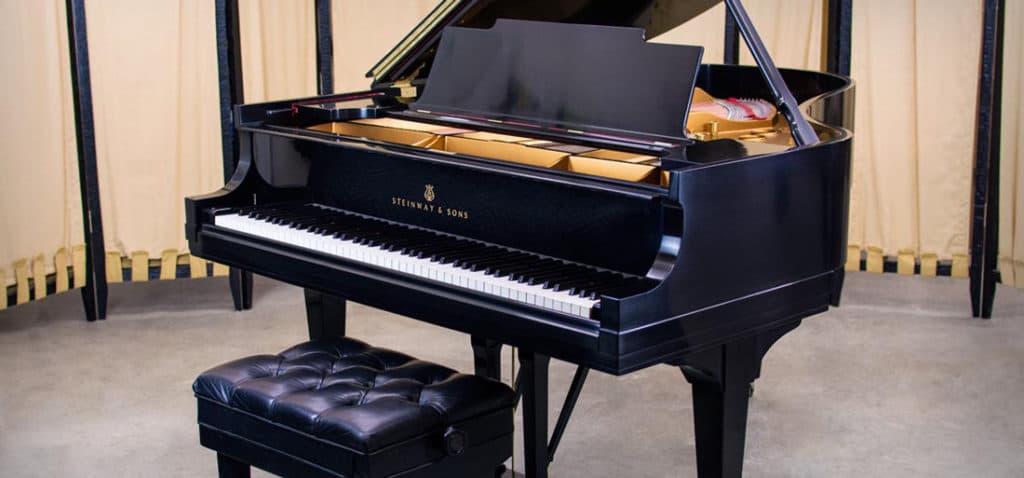
After baby grand pianos, you can upgrade to medium grand pianos. They’re only one step ahead of baby grand. They’re slightly larger, and that’s why they are more expensive. The average acoustic medium grand piano can be between 5 feet 6 inches and 6 feet 6 inches in length, making you feel cumbersome when you place them at your home.
If you have got ample living space, then you don’t have to snub them. Professional musicians are frequently purchasing this instrument to practice piano in their homes. This is because its large size doesn’t preclude it from fitting in your dedicated music room. You can create fantastic music when you use medium grand, especially if you’re musically talented.
One setback about medium grand is that they’re not readily available in music stores, neither are they available in different sizes. This allows baby grand pianos to be more popular in the market than medium grand.
12. Parlor Grand
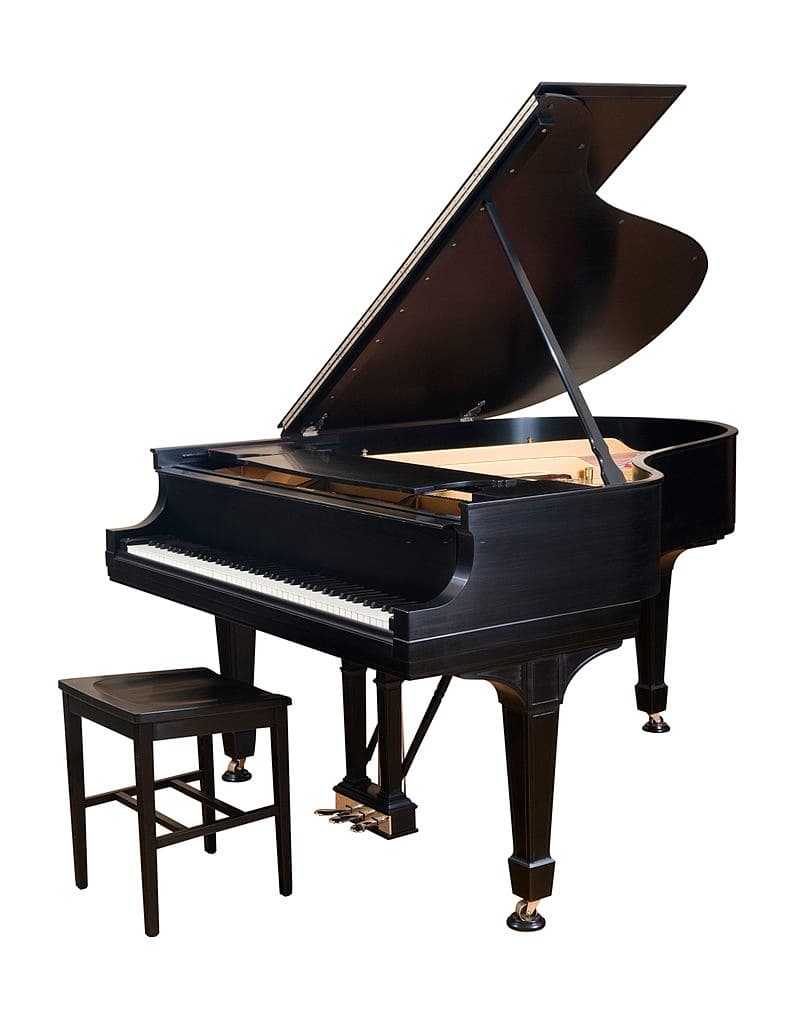
Parlor grand pianos are usually between 7 inches and 7 inches 6 feet in length. This makes them very difficult to place in any space of your home. Most musicians use parlor grand as touring pieces for musical acts. The name parlor grand was used in parlors in the past, but these aren’t common types of grand pianos that you can come across in modern times.
Their large size makes it difficult to find enough space for them. But still, their uncommon nature doesn’t take away their gorgeous look. Their look is so appealing. This might be a perfect piano option if you’re looking for a sizable grand piano to enjoy in your music room. It sounds pretty well, and it’s a pretty impressive piece to have.
13. Concert Grand
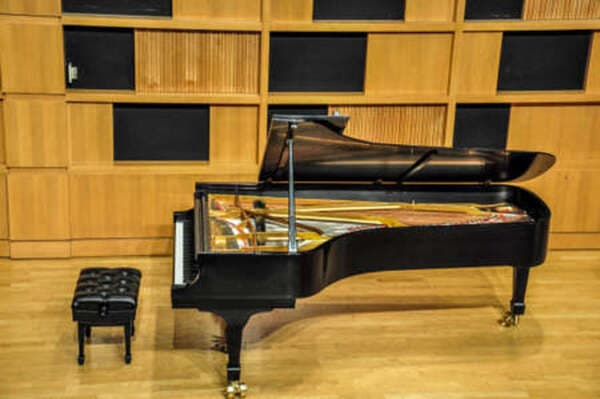
Concert piano is the largest grand piano you can ever come across. Its size ranges from 9 inches heading up. But you’ll find the right concert grand piano at around 9 inches mark. Mostly, people use concert grand pianos for musical performances. As mentioned earlier in the grand piano, popular musicians love taking grand pianos on their musical tours. And concert grand pianos are perfect to use in such huge musical concerts.
They’re very impressive to look at and are capable of producing big, beautiful sounds. You can’t hold on to your joy whenever you see a touring musician carrying an impressive concert grand piano.
Children’s Toy Piano
Don’t deny your kids the chance to learn about the piano at an early stage, especially if you’re a piano enthusiast. Purchase children’s toy piano and let them know how to play just like you. Remember that you’re the mentor of your kid. He wants to be exactly alike. Allow them to take piano lessons even for one day.
Children’s toy piano doesn’t allow for legitimate playing, but it can be a lot of fun for your kids to play with. It has several songs which will make your kids feel like they’re playing the song. The toy piano also comes with a bench seat which enables your kid to sit while performing like a real pianist.
This toy piano cannot last forever since it’s made up of plastic parts that can wear over time. But it is long-lasting depending on how your kid will handle it, either roughly or gently. It’s cheap, which makes it possible to buy a replacement whenever need be.
Which piano is best for Beginners?
Alesis Recital-88 Key Beginner Digital Piano
This is the best piano for beginners since it comes with handy features that can help a beginner quickly improve their piano playing skills. It comes with a lesson mode program that allows you to learn the right keys. It delivers all the basic features that you need to start playing the piano.
This type of digital piano is designed to make it easy and effortless your first step of learning how to play the piano. It has five different voices: electric piano, acoustic piano, synth, organ, and bass. You also have 88 semi-weighted, full-size keys you can play. You may think that you’re playing on a grand piano when playing them because of their natural feeling.
Conclusion
Note that all types of pianos have unique features that can suit every need of a pianist. The kind that suits you best will depend on how you intend to use your piano and what kind of features you’re looking for in a piano. Ensure you choose a piano that suits all your needs, and you can feel comfortable with it.








